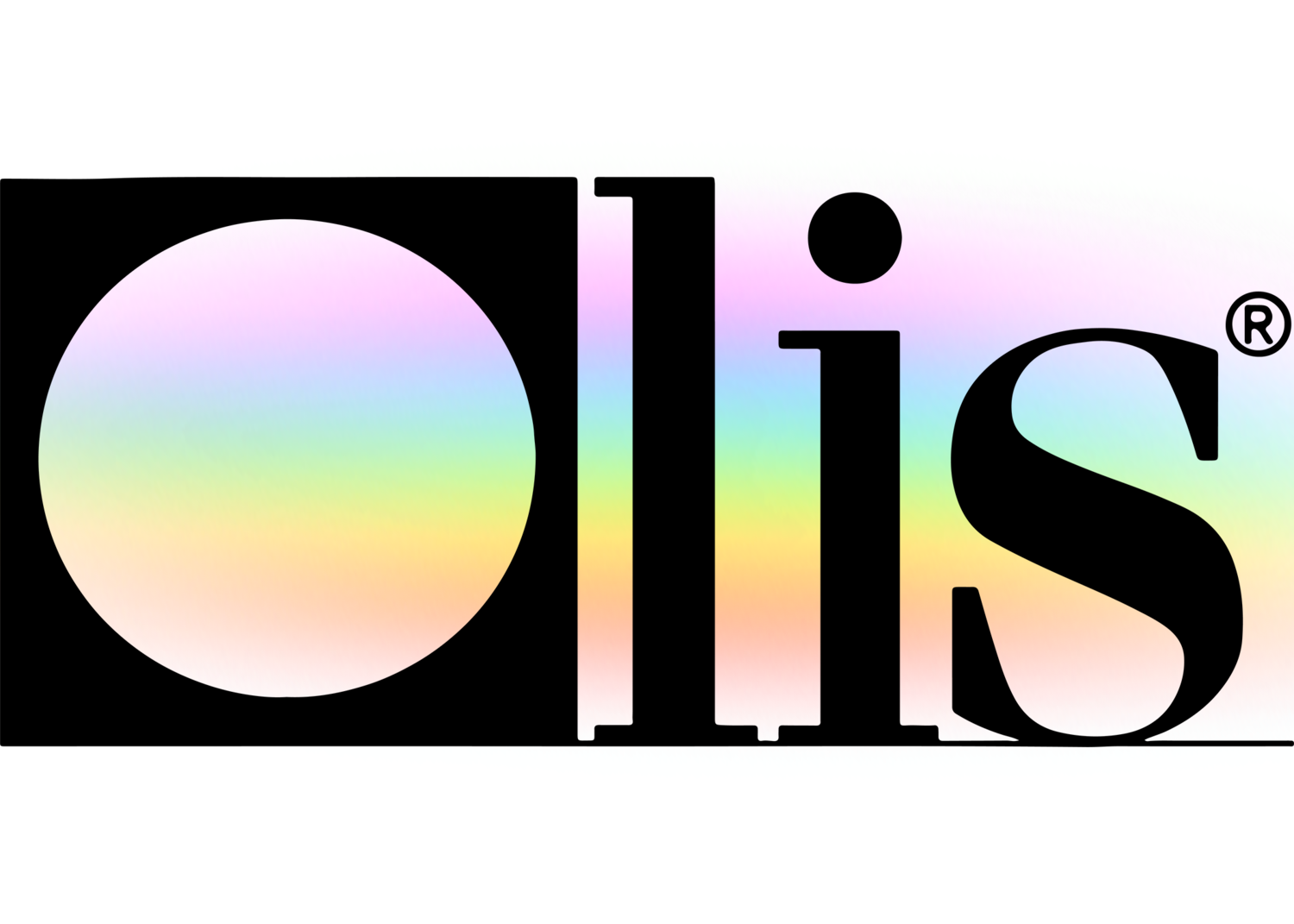Circular Dichroism Can Be Fun For Anyone
Circular Dichroism Can Be Fun For Anyone
Blog Article
Circular Dichroism - The Facts
Table of ContentsSome Of Uv/visSome Known Details About Circularly Polarized Luminescence The Ultimate Guide To Circular DichroismThe Single Strategy To Use For Uv/visGetting My Uv/vis To Work

Spectrophotometry is a tool that hinges on the quantitative analysis of molecules depending on how much light is taken in by colored compounds.
The Definitive Guide to Circular Dichroism
A spectrophotometer is typically utilized for the measurement of transmittance or reflectance of solutions, transparent or opaque solids, such as refined glass, or gases. Lots of biochemicals are colored, as in, they soak up visible light and for that reason can be determined by colorimetric treatments, even colorless biochemicals can frequently be transformed to colored substances appropriate for chromogenic color-forming responses to yield substances appropriate for colorimetric analysis.: 65 Nevertheless, they can also be designed to determine the diffusivity on any of the noted light varieties that typically cover around 2002500 nm utilizing different controls and calibrations.
An example of an experiment in which spectrophotometry is used is the determination of the equilibrium constant of a solution. A certain chain reaction within an option might occur in a forward and reverse direction, where reactants form items and items break down into reactants. Eventually, this chain reaction will reach a point of balance called a stability point.
Rumored Buzz on Uv/vis
The quantity of light that goes through the solution is a sign of the concentration of specific chemicals that do not allow light to go through. The absorption of light is due to the interaction of light with the electronic and vibrational modes of molecules. Each type of particle has a private set of energy levels related to the makeup of its chemical bonds and nuclei and thus will absorb light of specific wavelengths, or energies, leading to unique spectral properties.
Using spectrophotometers spans numerous scientific fields, such as physics, products science, chemistry, biochemistry. circular dichroism, chemical engineering, and molecular biology. They are extensively used in lots of industries consisting of semiconductors, laser and optical production, printing and forensic evaluation, as well as in laboratories for the study of chemical compounds. Spectrophotometry is frequently utilized in measurements of enzyme activities, determinations of protein concentrations, decisions of enzymatic kinetic constants, and measurements of ligand binding reactions.: 65 Ultimately, a spectrophotometer has the ability to determine, depending on the control or calibration, what compounds More about the author are present in a target and exactly how much through computations of observed wavelengths.
This would come as a solution to the previously produced spectrophotometers which were not able to take in the ultraviolet properly.
Circular Dichroism for Beginners
It would be discovered that this did not provide satisfying results, therefore in Design B, there was a shift from a glass to a quartz prism which enabled better absorbance outcomes - spectrophotometers (https://www.slideshare.net/julieanndesalorenz30). From there, Design C was born with a change to the wavelength resolution which wound up having three units of it produced
It was produced from 1941 to 1976 where the price for it in 1941 was US$723 (far-UV devices were an alternative at extra expense). In the words of Nobel chemistry laureate Bruce Merrifield, it was "probably the most essential instrument ever developed towards the improvement of bioscience." Once it became ceased in 1976, Hewlett-Packard developed the first commercially available diode-array spectrophotometer in 1979 called the HP 8450A. It irradiates the sample with polychromatic light which the sample soaks up depending on its properties. Then it is transmitted back by grating the photodiode variety which identifies the wavelength region of the spectrum. Given that then, the development and implementation of spectrophotometry gadgets has increased profoundly and has turned into one of the most innovative instruments of our time.

The Single Strategy To Use For Circularly Polarized Luminescence
The grating can either be movable or repaired.
In such systems, the grating is fixed and the strength of each wavelength of light is determined by a various detector in the range. Additionally, most modern-day mid-infrared spectrophotometers utilize a Fourier transform strategy to obtain the spectral details - https://www.cgmimm.com/arts-entertainment/olis-clarity. This technique is called Fourier transform infrared spectroscopy. When making transmission measurements, the spectrophotometer quantitatively compares the fraction of light that goes through a referral option and a test service, then digitally compares the intensities of the 2 signals and computes the percentage of transmission of the sample compared to the reference requirement.

Report this page